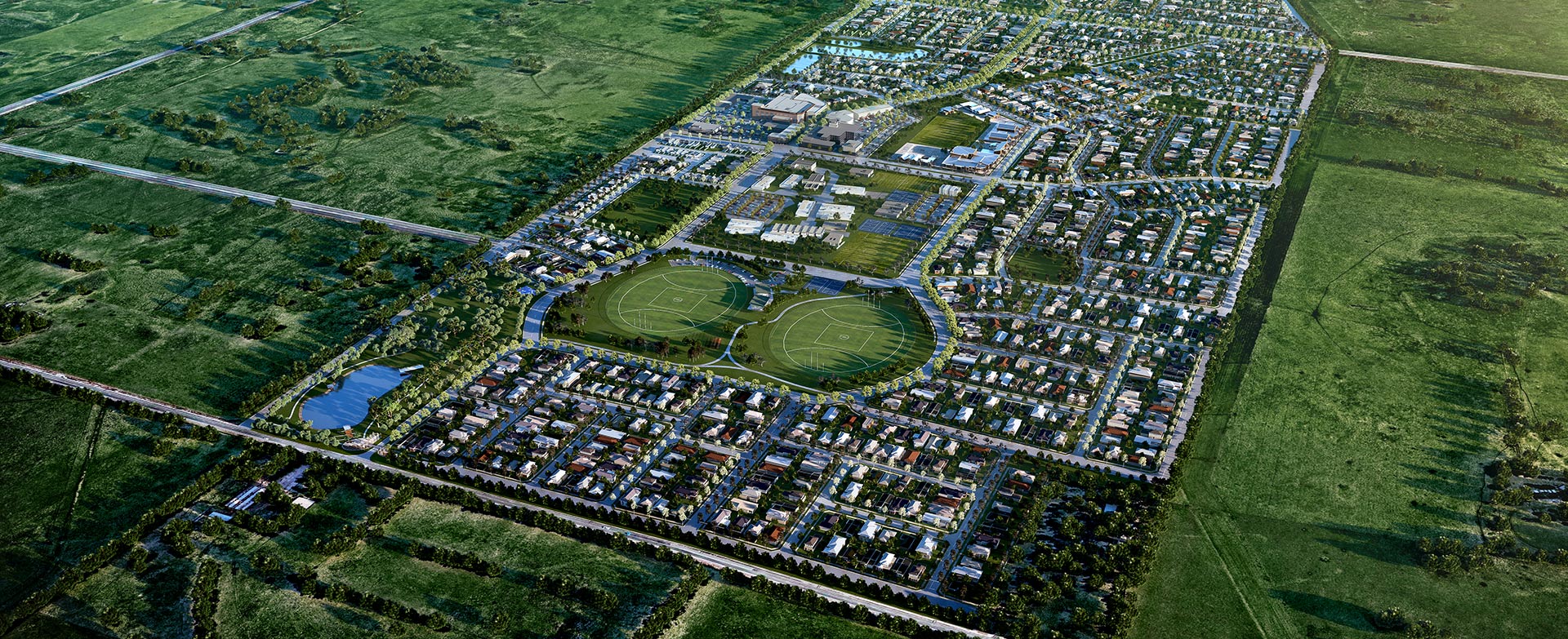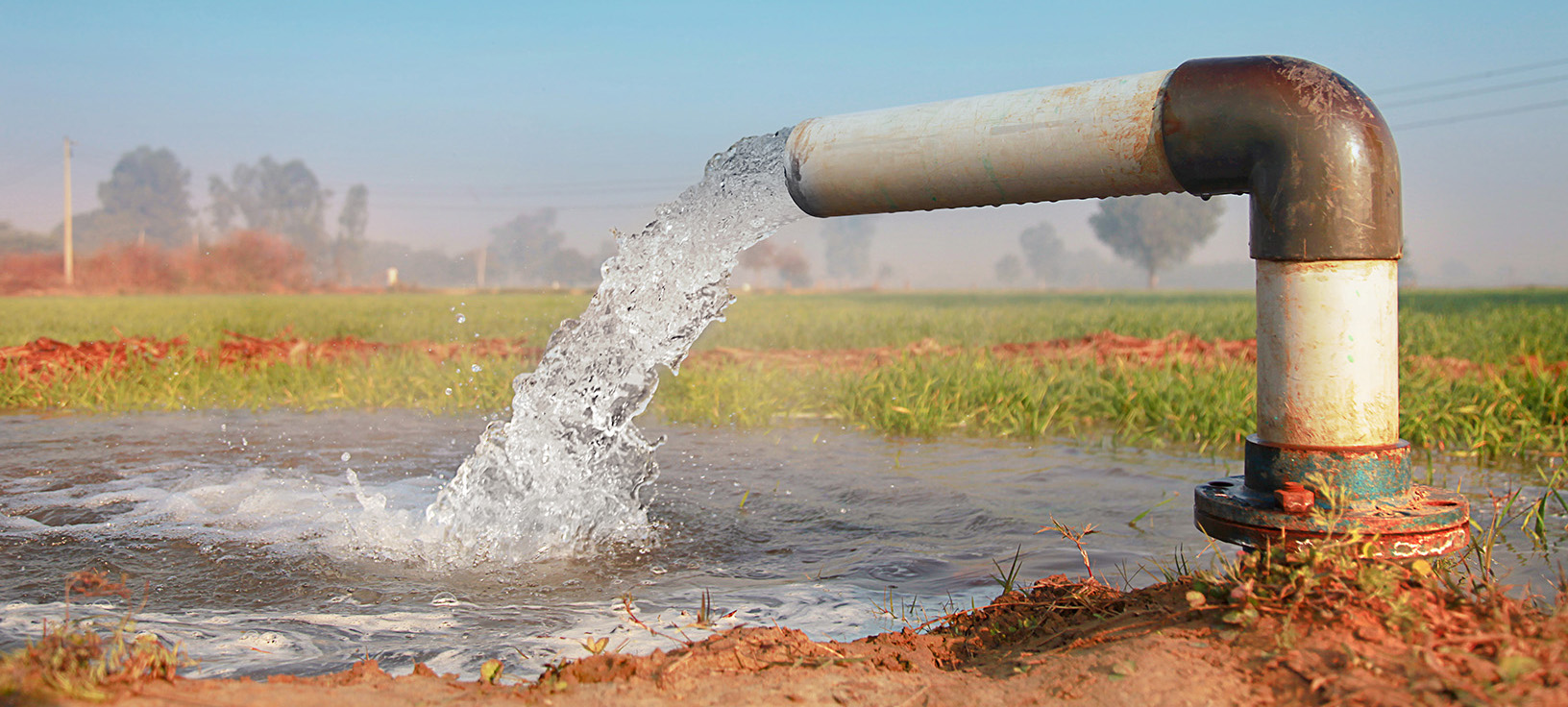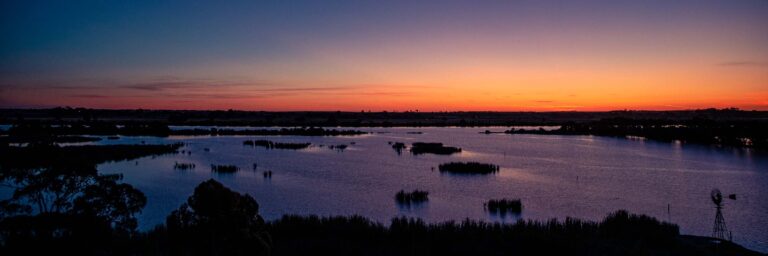Environmental sustainability is at the core of The Point, a popular, premier coastal community being developed by Moremac Property Group near the beautiful RAMSAR-listed wetlands of Swan Bay in Point Lonsdale, Victoria.
From the early pioneers on the Snowy Mountains Hydroelectric Scheme, to our leaders and innovators of today, our people make us who we are.
Through our network of global specialists and by collaborating with local partners, we connect you with the best teams and capabilities to deliver highly innovative and sustainable solutions.
As an organisation we are continually evaluating ways we can better provide a safe, flexible, inclusive and respectful workplace for our people and clients.
People are at the heart of our organisation, we strive to create a flexible, diverse and inclusive environment that enables our people to thrive to their fullest potential.
Explore career opportunities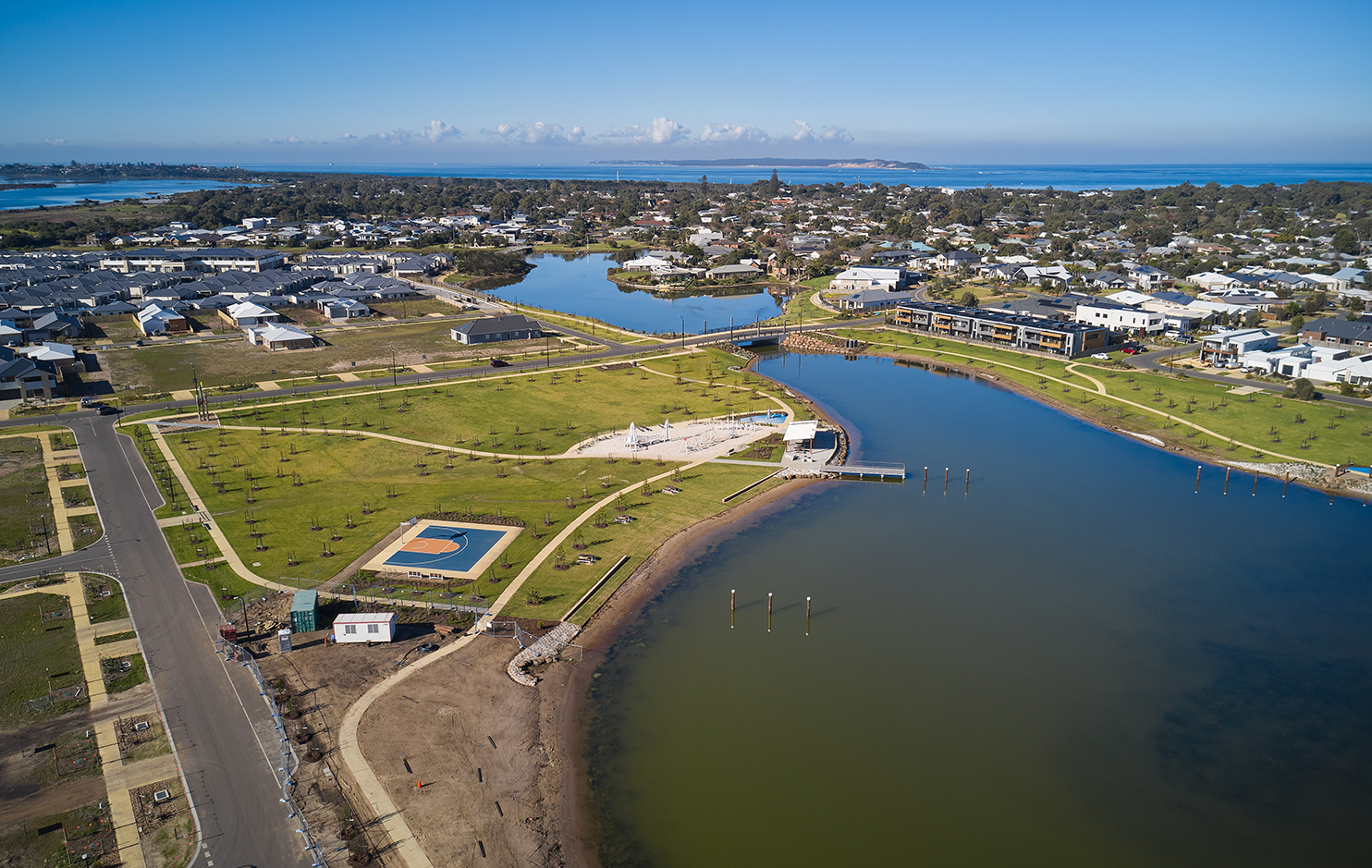
Environmental sustainability is at the core of The Point, a popular, premier coastal community being developed by Moremac Property Group near the beautiful RAMSAR-listed wetlands of Swan Bay in Point Lonsdale, Victoria.
Since 2013, SMEC has provided planning, survey, environment, infrastructure and urban engineering services for the project, which consists of approximately 600 homes and a 170-unit retirement village surrounded by waterways, wetlands and parklands.
SMEC
The Point’s centrepiece is a winding, five-kilometre, tidally flushed loop of waterway, around which the residential, commercial, open space and conservation areas are being built. Our specialist teams have been integral in the delivery of this key aspect of the community and are providing solutions to an array of challenges.
The landscape was heavily modified by past land uses, including grazing in the 1800s, shell grit mining from the 1940s to the 1980s and previous attempts at urban development, which have had a significant impact on the environmental integrity of the site.
Moremac Property Group is focused on delivering the development sustainably, with positive environmental impact and significant gains in the future repair, protection and preservation of the ecosystem around The Point.
The project has achieved the following certifications and awards from the Urban Development Institute of Australia (UDIA):



The project’s unique location and environment meant significant innovation was required to develop engineering solutions. Critical indigenous vegetation was encountered on site, including a remnant Moonah Forest area, which was fenced off and protected from all construction activity.
The site is a low-lying coastal area, partly below sea level and subject to occasional inundation by stormwater or seawater. Our teams had to provide solutions to the challenge of delivering construction works 2.5m below sea level in waterlogged, sandy soils.
This included:
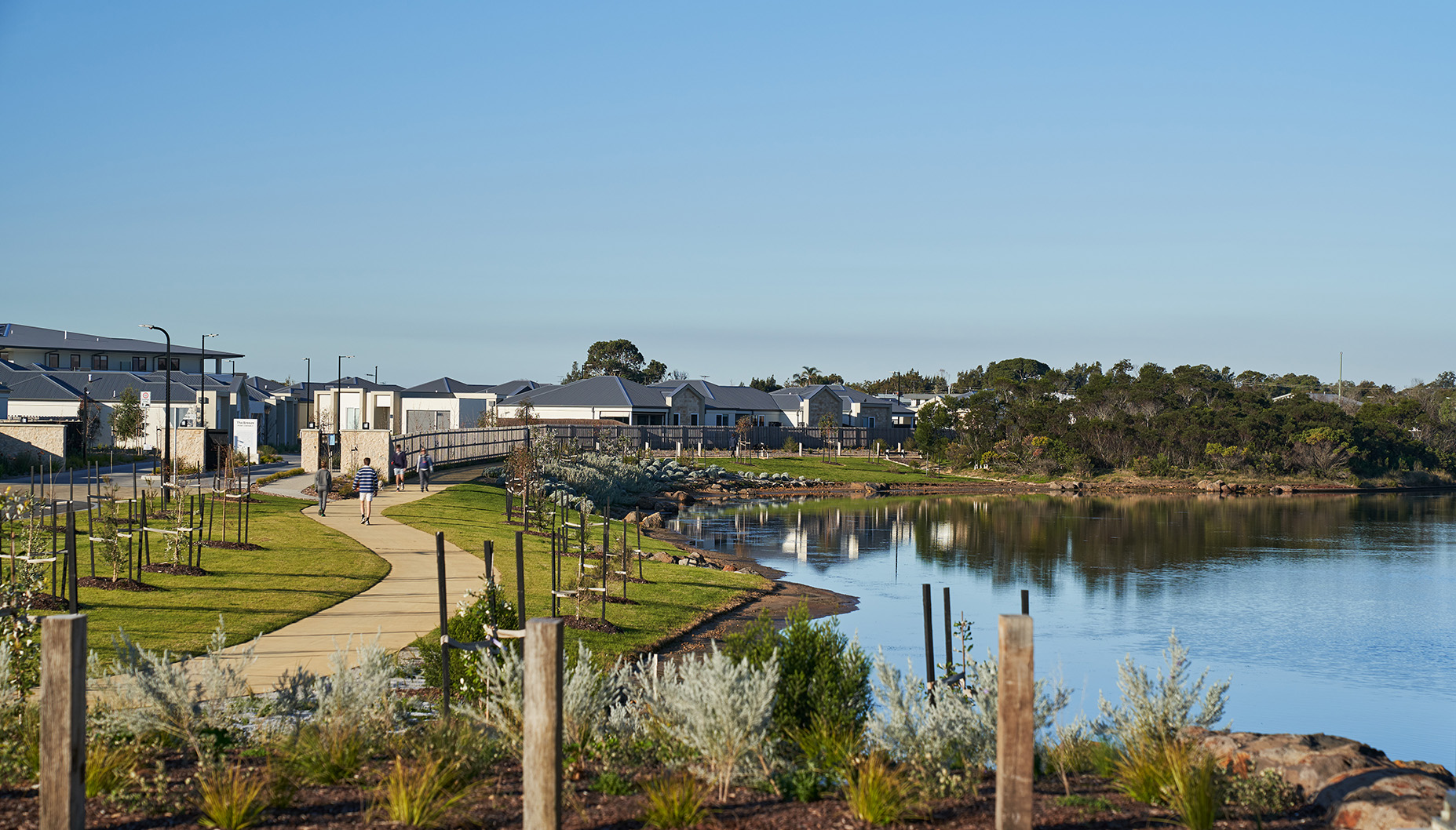


The Point is located near the RAMSAR-listed wetland Swan Bay, recognised for the large number of migratory birds that visit during the summer and for its marine flora, particularly seagrass. With surface and ground water naturally draining through the site into Lakers Cutting and then into Swan Bay, the project had to carefully consider how to protect and preserve the significant local biodiversity. In collaboration with our client and partners, our team developed and implemented a number of technical solutions that aimed to ensure climate resilience, sustainable management of water resources and protection of the ecosystem.
A tidally flushed waterway was constructed, which re-established environmental flows between Lake Victoria and Swan Bay for the first time in 60 years. Our teams supported construction of the one-way waterway, along with culverts and automatic flow control gates. These gates balance the inflows and outflows of water volume to sustain water quality and restrict inflows during storm surges. This ability to manage optimum levels during seasonal changes (winter rain or summer evaporation) helps to protect the indigenous seagrasses that require a certain depth of water to survive and provide an important ecosystem for aquatic life.
The sequencing of the waterway excavation and construction of culverts was complex and challenging. It was critical that the project allowed waters from upstream Lake Victoria to pass through the project without carrying sediment to Swan Bay, which could pollute the water system. Our teams achieved this through pumping of water into sedimentation ponds, construction of bunds, placement of silt curtains within water ways and silt fences. An important component to the earthworks management was water quality monitoring and auditing by an independent consultant.
SMEC’s design also provided best practice stormwater runoff solutions through the use of bioretention swales to capture water and remove sediment and nutrients before it is released into the tidal waterway and back into Swan Bay. Swales and rain gardens are located in the nature strips and streetscapes across The Point and planted with approved indigenous grasses, sedges and shrubs to provide natural filtration.
Urban development has changed dramatically over the past 20 years and future transformation will continue to occur swiftly. At SMEC, we are preparing for seismic shifts in urban development practices that could potentially rewrite how we design the spaces in which we live and work.
Over half the population of Karnataka State in south India is employed in agriculture and related industries. Without reliable access to water, farmers struggle to maintain their crops and livestock, which can have far-reaching social and economic impacts.
The Murray-Darling Basin is an area of vast significance to Australia. It plays a crucial role in Australia’s food supply network, producing over 40% of our agricultural produce, and is home to 35 endangered species and 16 internationally significant wetlands. It supports over 2.2 million Australians, including 40 different First Nations communities.

